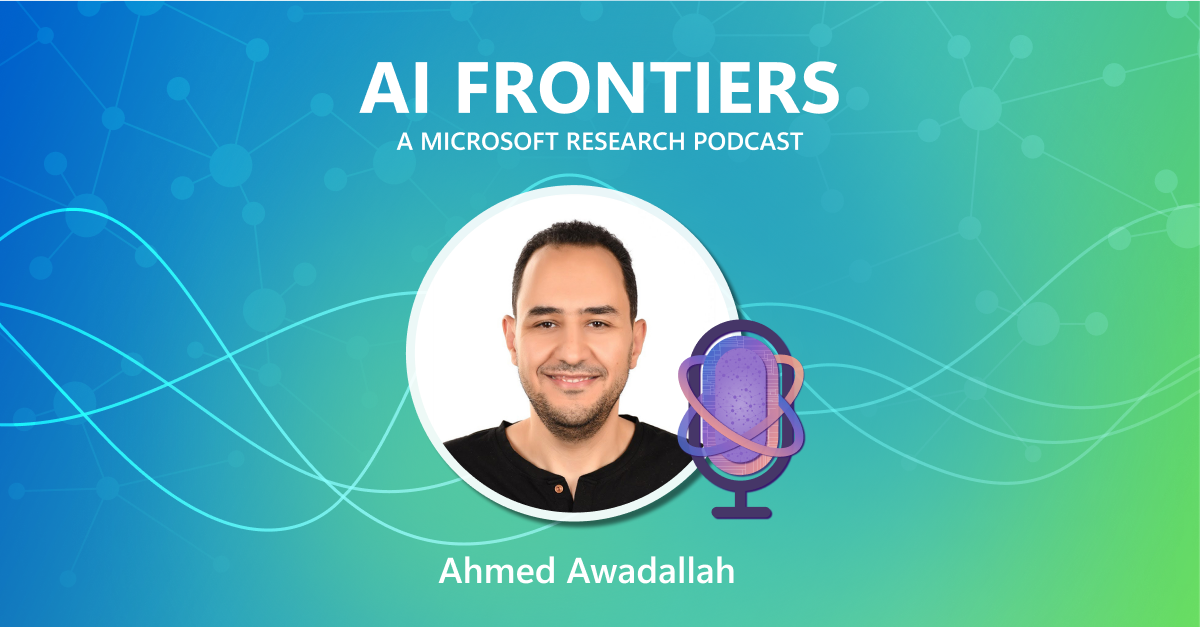I have just returned from the ninth annual Microsoft eScience Workshop (opens in new tab), held in conjunction with the 2012 IEEE International Conference on eScience (opens in new tab), at the Hyatt Regency Chicago. As in previous years, the Microsoft workshop focused on exploring where we are now and what future progress we can anticipate in extending science through computing. True to the conference theme, eScience in Action, computer science and scientific discovery merged into a lively discussion of results.

The keynotes supported the theme: Drew Purves (opens in new tab) of Microsoft Research Cambridge shared computer-based environmental models. We saw geographical visualizations of continent-wide temperature variations, measured and modeled. David Heckerman (opens in new tab) of Microsoft Research described the trend in computational biology, providing examples from genomics to vaccines. Antony Williams (opens in new tab), the 2012 Jim Gray eScience Award (opens in new tab) winner, used his work on ChemSpider to show us how scientists can stand on the shoulders of others through easy access to scientific knowledge through the web. ChemSpider, an Internet-based chemical database, provides access to data on the profusion of new chemical compounds that are being identified and explored in the growing community of chemistry researchers.
MICROSOFT RESEARCH PODCAST
AI Frontiers: The future of scale with Ahmed Awadallah and Ashley Llorens
This episode features Senior Principal Research Manager Ahmed H. Awadallah, whose work improving the efficiency of large-scale AI models and efforts to help move advancements in the space from research to practice have put him at the forefront of this new era of AI.
The workshop breakout sessions covered a breadth of topics, ranging from the contributions that citizen scientists can offer to the knowledge that new generations of data scientists will need. Perspectives were diverse, and I came away impressed by the maturity of the community and the richness of the discussion.
As I look back over the two days of the workshop, I remember being taught as a child—by my grandmother, who possessed timeless wisdom—that I must always assess truth for myself, and not necessarily trust what the media present in such beauty. In many ways, this lesson, drummed into me when knowledge was mainly passed on in unsearchable print, was the underlying theme of this eScience Workshop. Web designers certainly know how to package information and make it beautiful, but to discover the truth the seeker must look more deeply. Drew Purves’s presentation showed results, but the challenge he posed was the “defensibility” of models: how can we know that they are predicting accurately? David Heckerman shared how pharmacists of the future will check prescriptions against an individual’s genome to help identify which prescription will be most effective—yet another discovery of what’s true. Antony Williams opened our eyes to the challenge of determining the accuracy of chemical data already on the Internet.
Looked at in one way, every presentation was about truth, whether a citizen scientist’s contribution to her community was accurate, whether the scientific results in a publication could be replicated, or whether we can trace the code and data that together generated a result. You can view the keynotes and session presentations (opens in new tab) and see for yourself if what I am saying is true.
—Harold Javid, Director, Microsoft Research Connections
Learn More
- Microsoft eScience Workshop 2012 (opens in new tab)
- Jim Gray eScience Award (opens in new tab)
- 2012 IEEE International Conference on eScience (opens in new tab)
- 2012 Jim Gray Award Honors Antony John Williams (opens in new tab)
- The Fourth Paradigm: Data-Intensive Scientific Discovery (opens in new tab)
- Science@Microsoft Stories (opens in new tab)
- eScience at Microsoft Research Connections (opens in new tab)
- eScience Group (opens in new tab)
- Microsoft Research Cambridge Computational Ecology and Environmental Science Group (opens in new tab)
- Microsoft Research Connections (opens in new tab)

